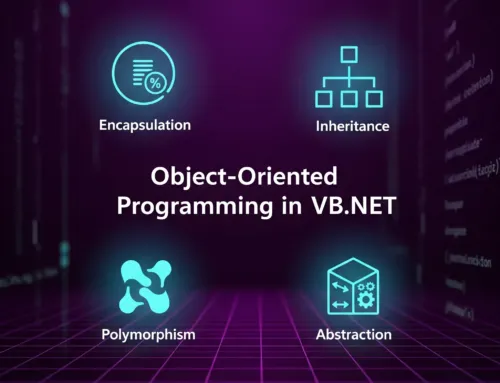
Approx. read time: 4.3 min.
Post: Comparing Python to C#, Java, and Perl: A Detailed Analysis
Comparing Python to C#, Java, and Perl
Overview
Comparing Python to C#, Java, and Perl is subjective and can be risky. The choice of a language often depends on personal preference as well as technical requirements. There is no universally best language; the best choice is the one that fits the specific needs of a project. Below, we provide a detailed comparison of Python with C#, Java, and Perl.
C# vs. Python
C# is often seen as Microsoft’s response to Java, aiming to create a language that is easier to use and learn than C/C++. While C# has its merits, Python offers several distinct advantages:
Ease of Learning
Python’s syntax is straightforward and readable, making it an excellent choice for beginners. C#, while simpler than C++, still has a steeper learning curve due to its more complex syntax and structure.
Conciseness
Python code tends to be more concise. Tasks that require several lines of code in C# can often be accomplished in fewer lines in Python. This conciseness improves readability and reduces the likelihood of errors.
Open Source Support
Python is fully open source, supported by a large and active community. This support ensures constant updates, a wealth of libraries, and extensive documentation. While C# is also supported by a strong community, it originated as a proprietary language, which can sometimes limit its flexibility.
Multiplatform Support
Python runs seamlessly on various platforms, including Windows, macOS, and Linux. This cross-platform capability is a significant advantage for developers who need to deploy their applications in diverse environments. C# primarily targets the Windows environment, though .NET Core has improved its cross-platform capabilities.
Development Environments
Python supports multiple development environments and tools, giving developers the flexibility to choose the best tools for their needs. C#, while having excellent tools like Visual Studio, does not offer the same breadth of options.
Extensibility
Python can be easily extended using other languages such as Java and C/C++. This flexibility allows developers to integrate Python into a wide range of projects and systems.
Scientific and Engineering Support
Python has a strong presence in the scientific and engineering communities. Libraries like NumPy, SciPy, and pandas provide powerful tools for data analysis, numerical computations, and machine learning, which are not as readily available in C#.
Java vs. Python
Java was designed to be a versatile, cross-platform language, allowing developers to write applications once and run them anywhere. Despite its success, Python provides several advantages over Java:
Ease of Learning
Python’s simplicity and readability make it easier to learn than Java. Java’s more verbose syntax and the need to manage memory and other resources can be challenging for beginners.
Conciseness
Python’s syntax is more concise, which can lead to faster development times and easier maintenance. Java code often requires more boilerplate code, which can slow down development.
Dynamic Typing
Python uses dynamic typing, meaning that variable types are determined at runtime. This flexibility allows developers to write more general and reusable code. Java, with its static typing, enforces type constraints at compile time, which can be both a benefit and a limitation depending on the context.
Development Speed
Python’s simplicity and the availability of numerous high-level libraries lead to faster development times. Developers can focus on solving problems rather than dealing with complex language constructs and extensive boilerplate code.
Perl vs. Python
Perl, originally designed for text processing and report generation, has evolved into a versatile language capable of handling various tasks. However, Python offers several advantages over Perl:
Ease of Learning
Python’s clean and readable syntax makes it easier to learn compared to Perl’s more complex and often cryptic syntax. This simplicity helps new programmers get up to speed quickly.
Readability
Python emphasizes code readability, promoting the use of clear and straightforward constructs. Perl’s syntax, while powerful, can be difficult to read and maintain, especially for larger projects.
Data Protection
Python provides better mechanisms for data encapsulation and protection, which is crucial for developing robust and secure applications. Perl’s data handling can be more prone to errors and less intuitive.
Java Integration
Python offers better integration with Java through tools like Jython, which allows Python code to run on the Java platform and access Java libraries seamlessly. This integration is less straightforward with Perl.
Platform Independence
Python’s design minimizes platform-specific dependencies, making it more portable across different operating systems. Perl, while also cross-platform, can have more platform-specific quirks and issues.
Conclusion
While each language has its strengths and is suitable for different applications, Python stands out for its ease of learning, code conciseness, open-source support, and versatility across various domains. Whether you’re a beginner or an experienced developer, Python’s features and community support make it a compelling choice for many programming tasks.









